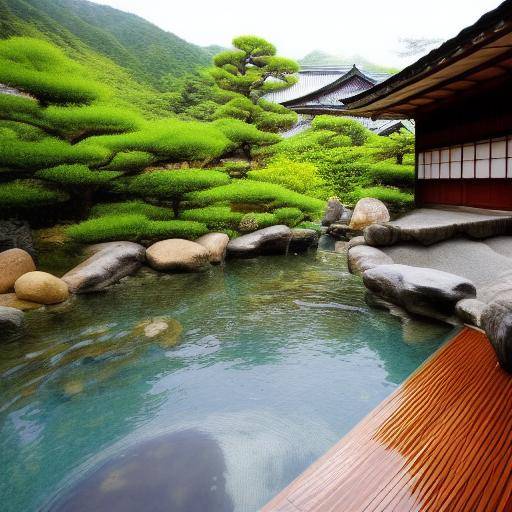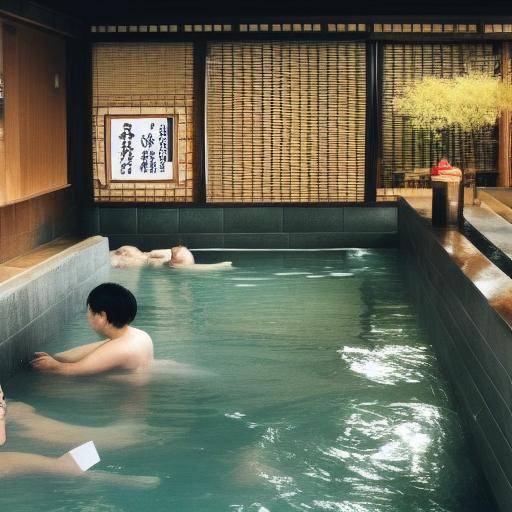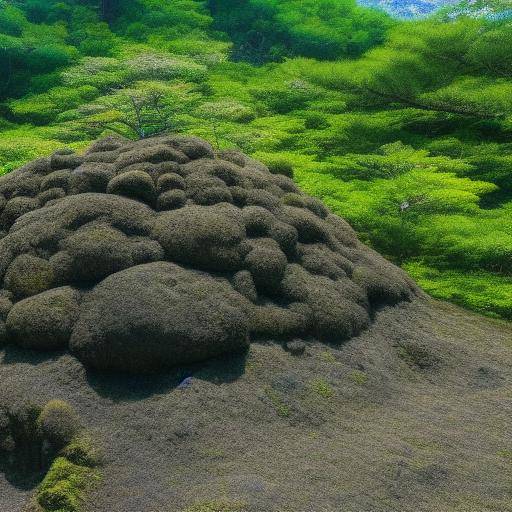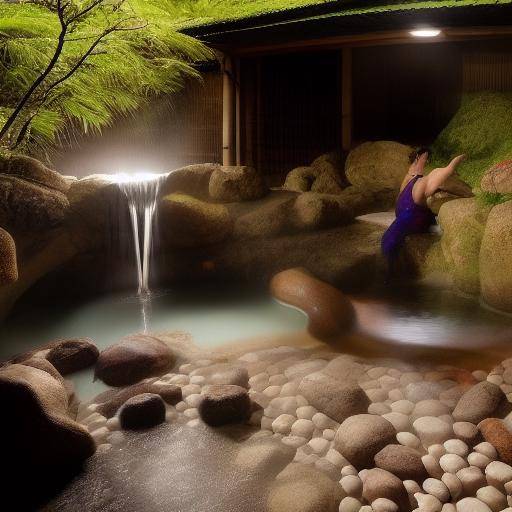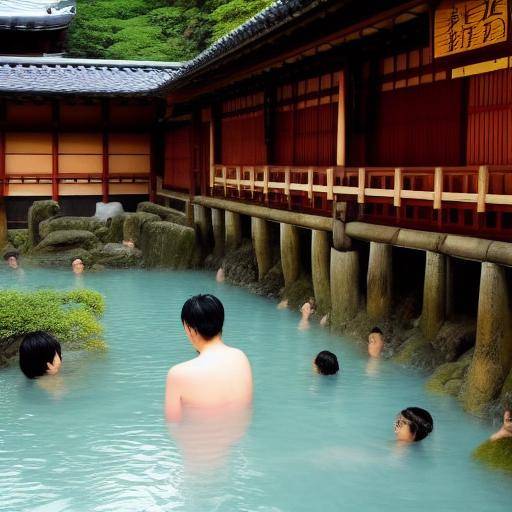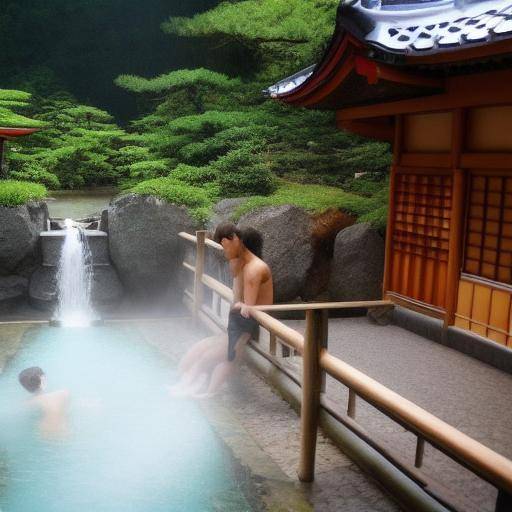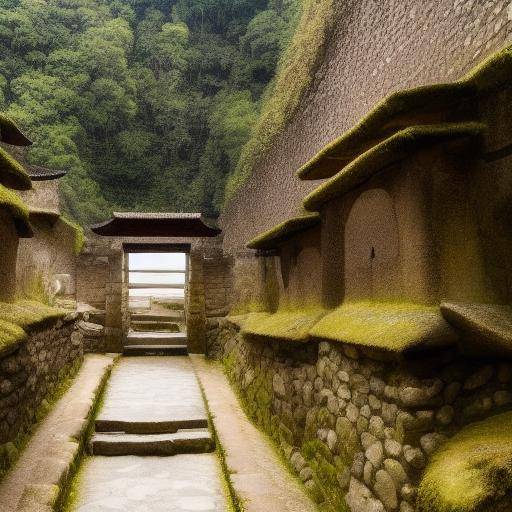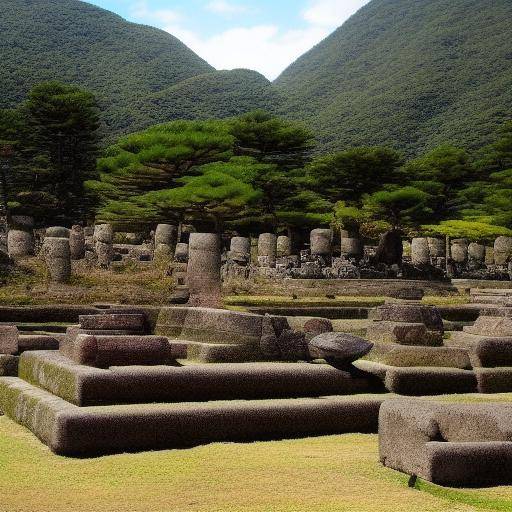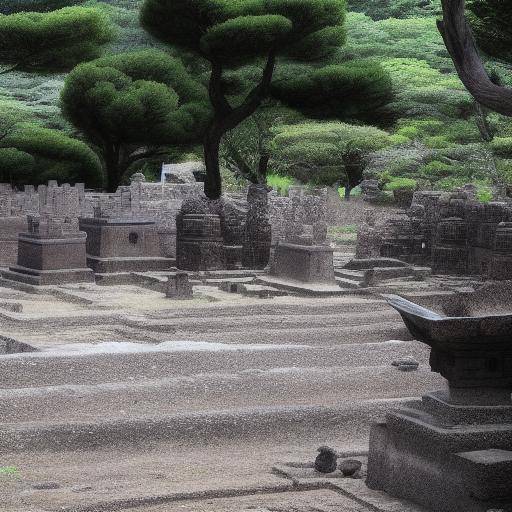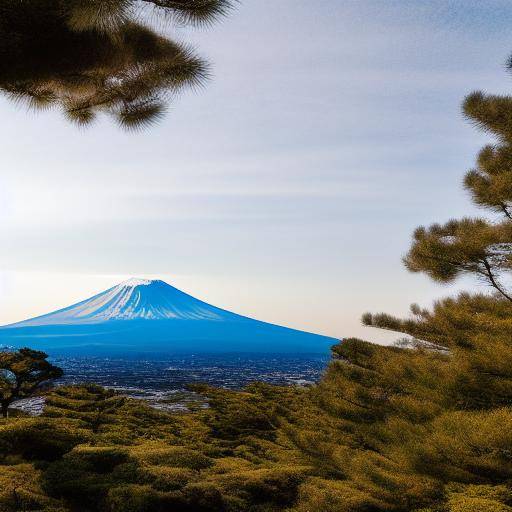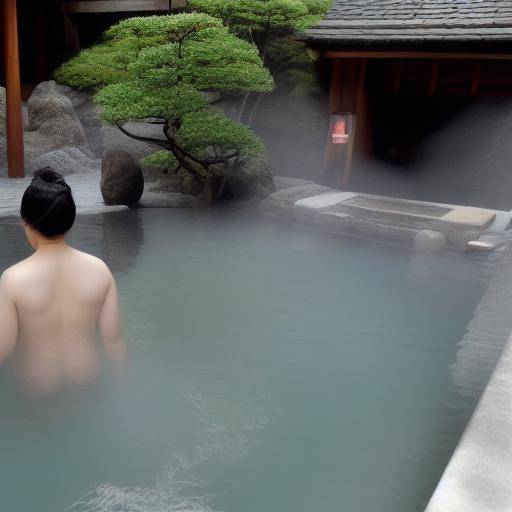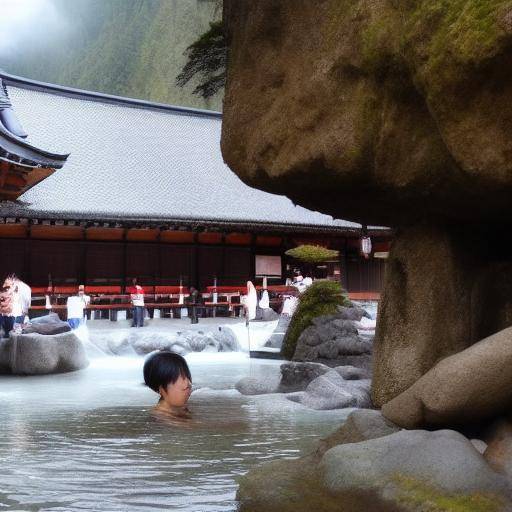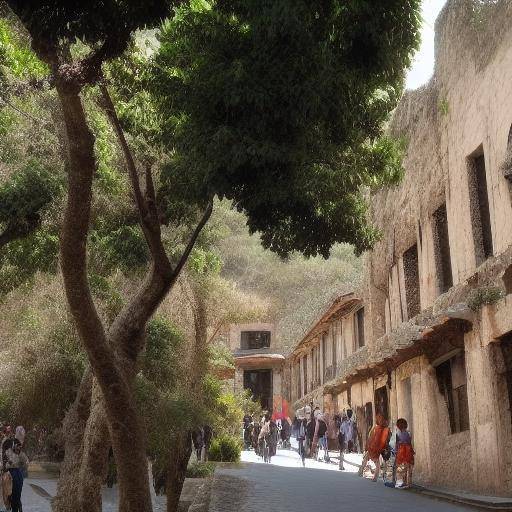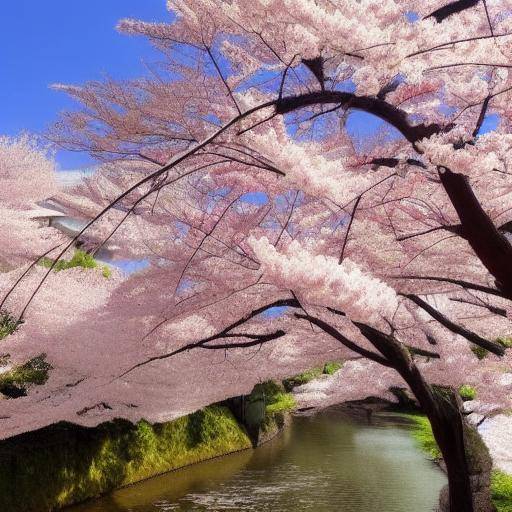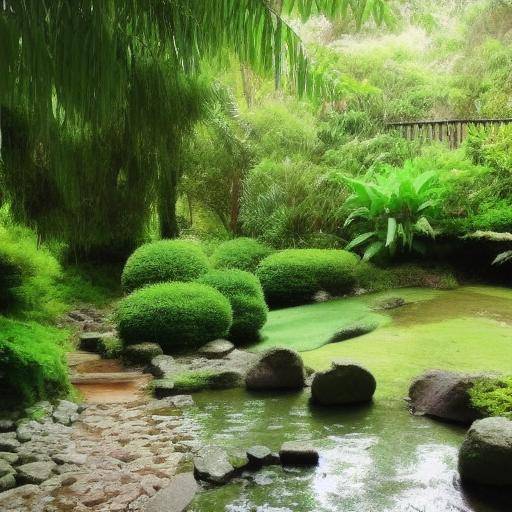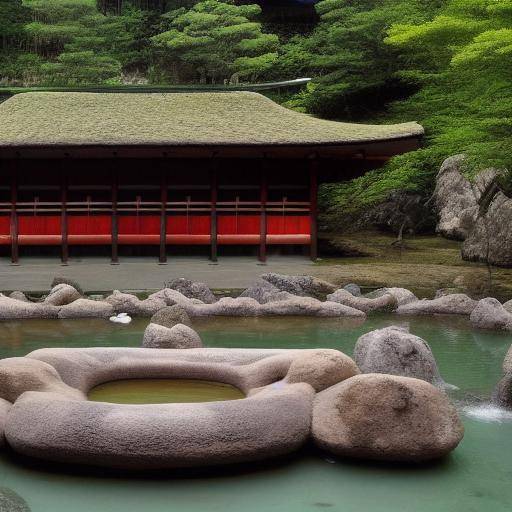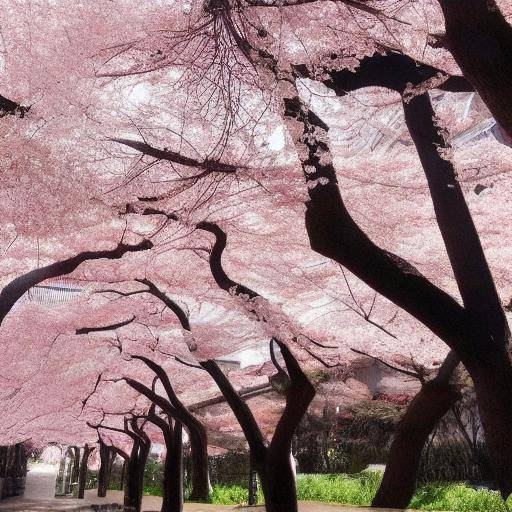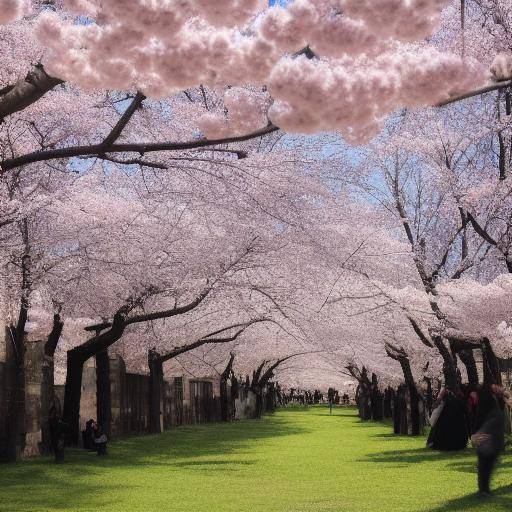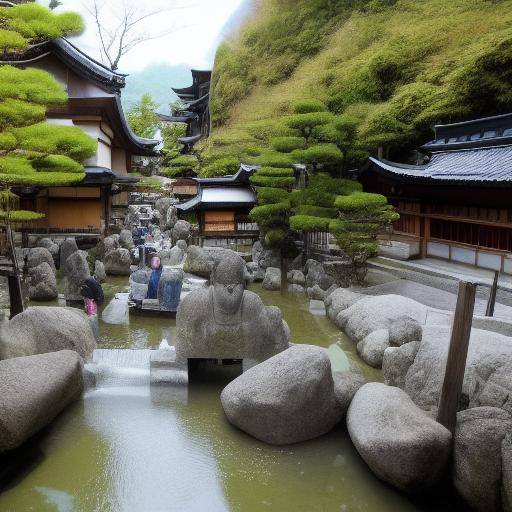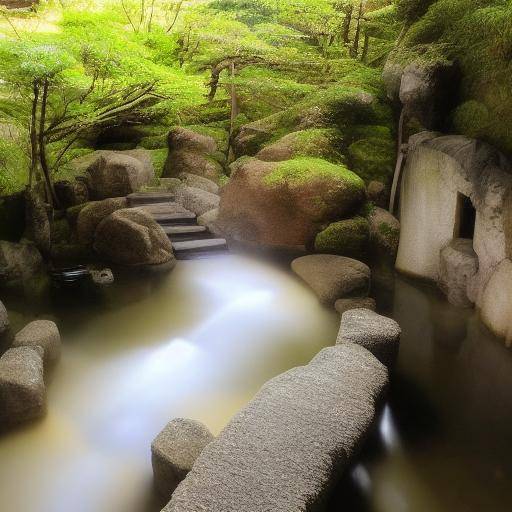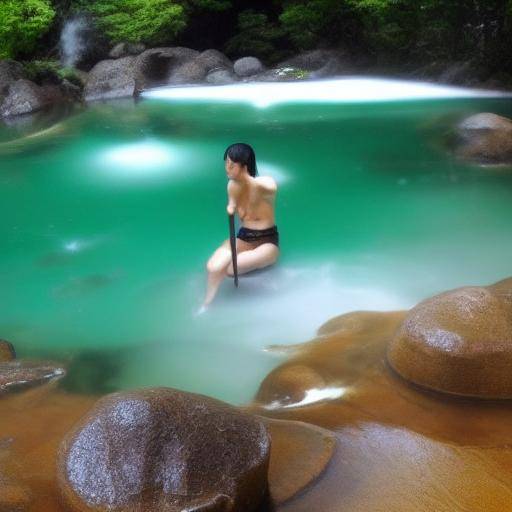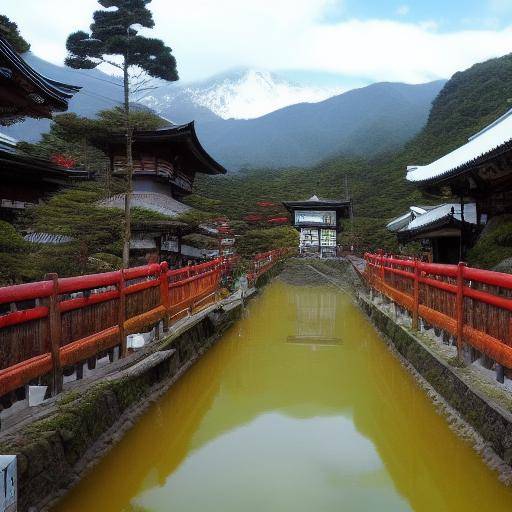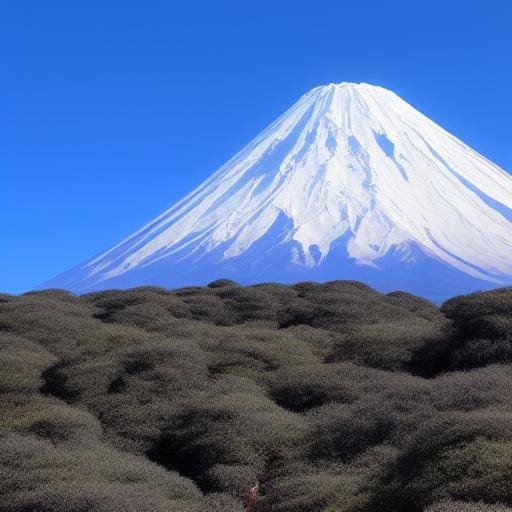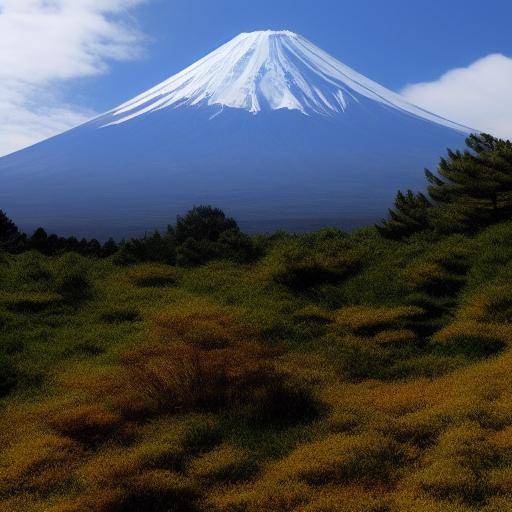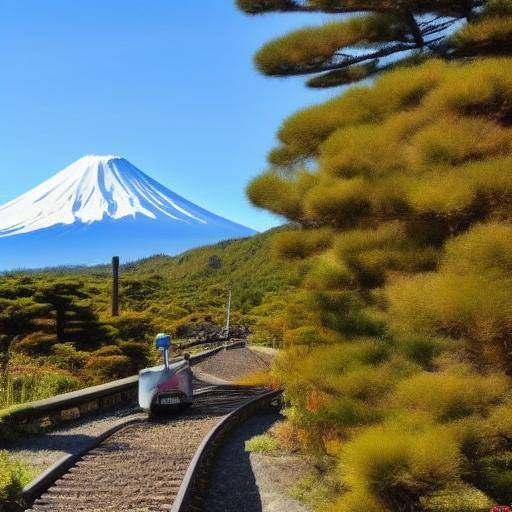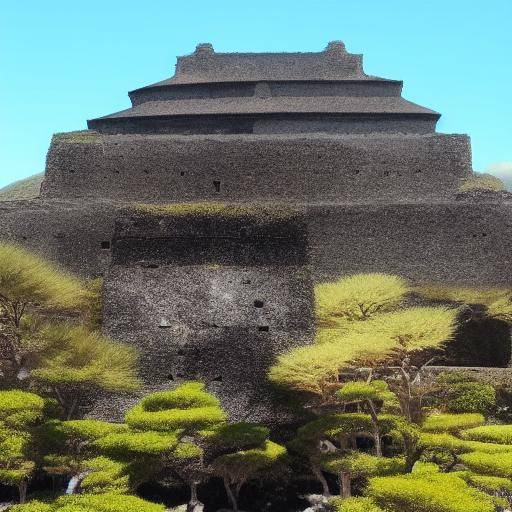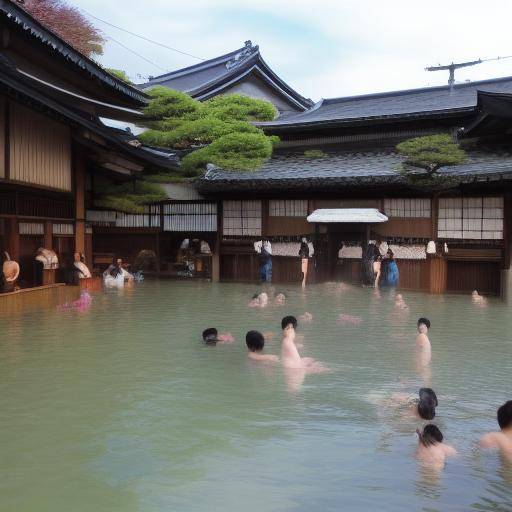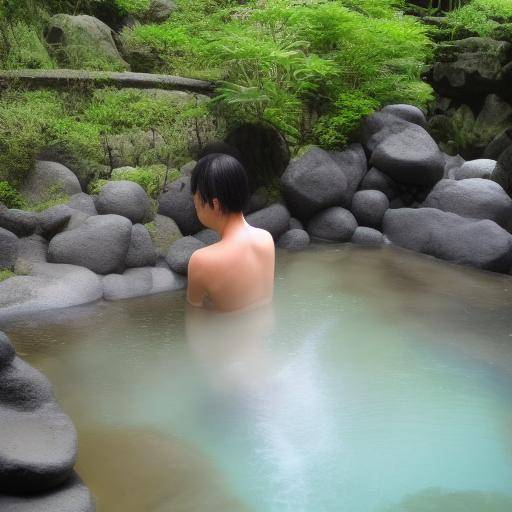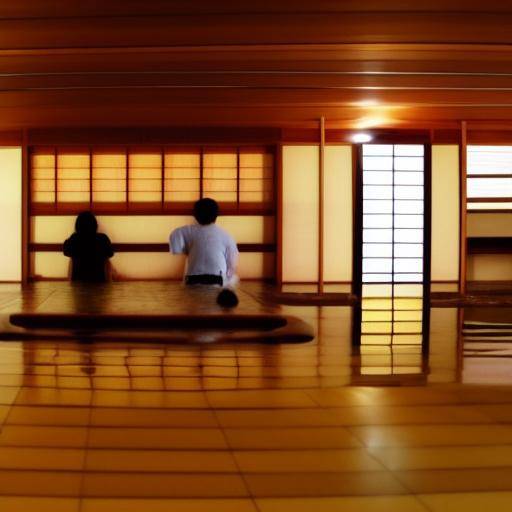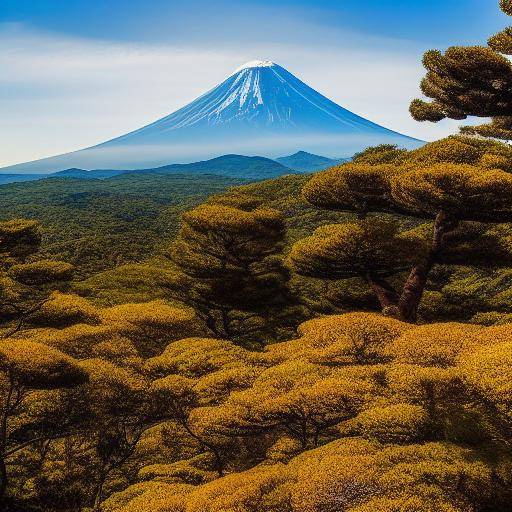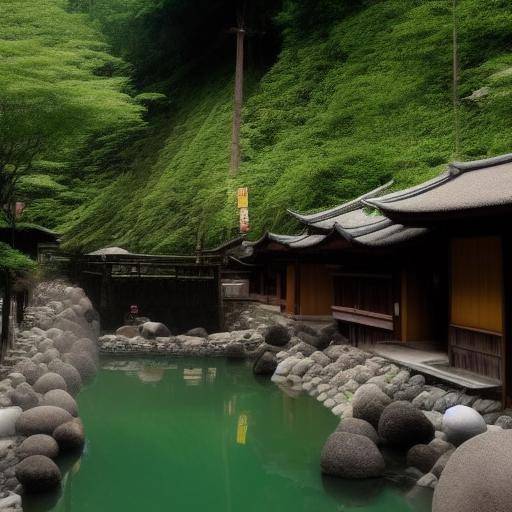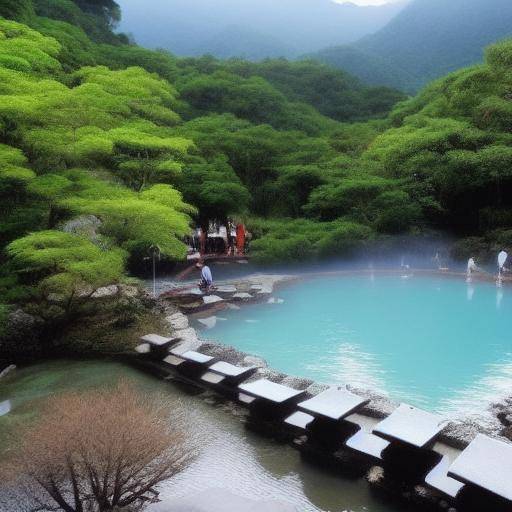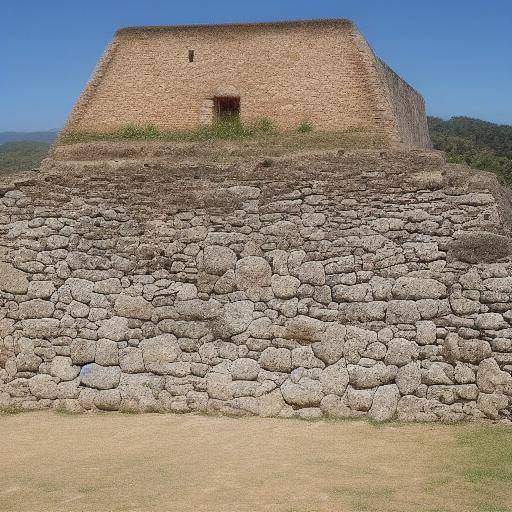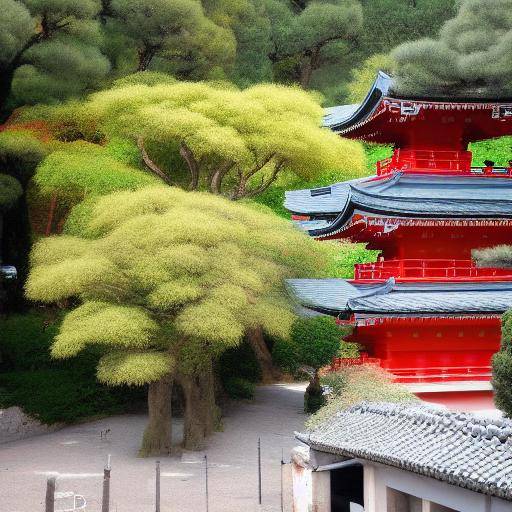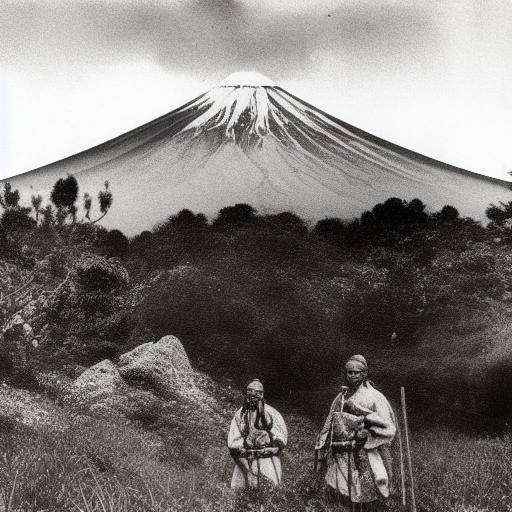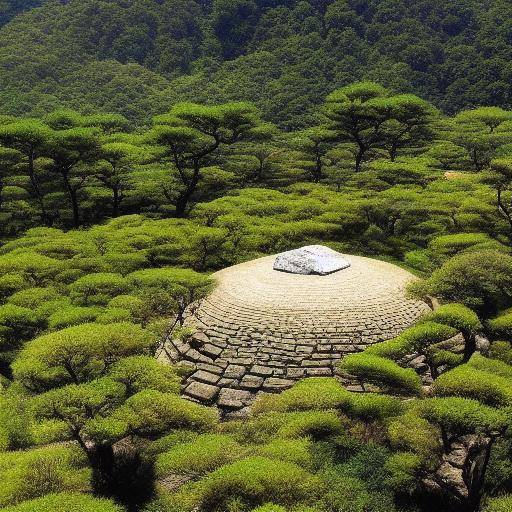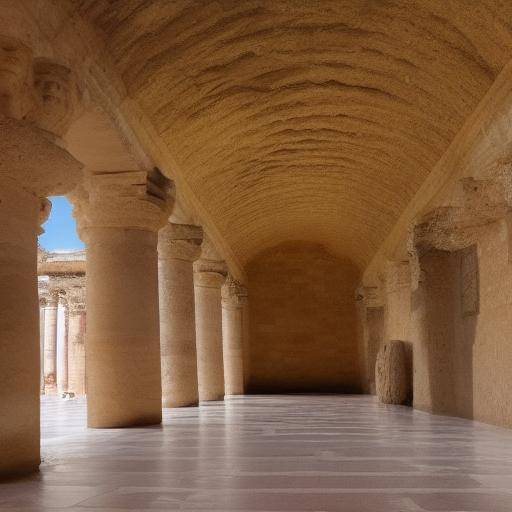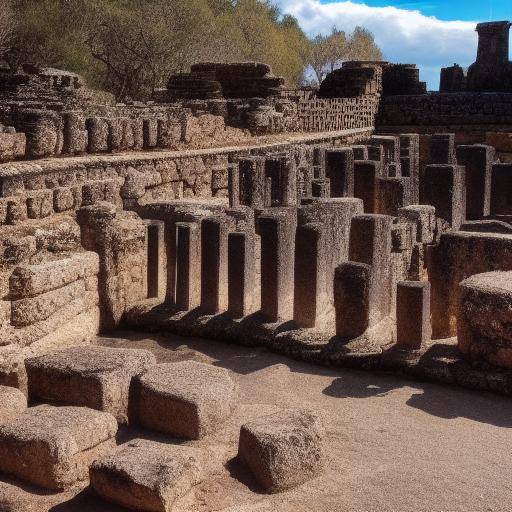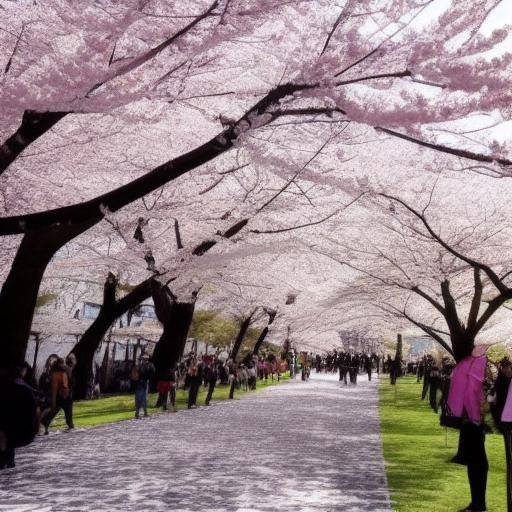
Introduction
Kyoto, the former capital of Japan, is known for its beautiful flowered cherry trees, a natural spectacle that attracts visitors from all over the world during the hanami season. However, beyond the famous beauty of the blossoms, this historic city offers a rich culture, ancient traditions, stunning temples and delicious gastronomy. In this guide, we will thoroughly explore the charms of Kyoto in hanami, from its history and traditions to practical tips to enjoy this unique experience.
History and Background
Kyoto, founded in 794, was the imperial capital of Japan for over a thousand years, making it an important cultural and spiritual centre in the country. Its historical heritage includes hundreds of temples, shrines, gardens and palaces, many of which are surrounded by cherry trees. During the Heian period (794-1185), the Japanese nobility developed the custom to celebrate festivals under the blossoms, thus marking the beginning of the tradition of hanami.
Today, hanami is a festival held throughout Japan, but Kyoto stands out as one of the most emblematic destinations to enjoy this beautiful spring tradition. For centuries, the Japanese have considered the flowering of the cherry trees as a symbol of the fleetingness of life and ephemeral beauty, which has inspired art, poetry and spiritual reflection throughout history.
Detailed Analysis
The hanami season offers a unique look at the ephemeral beauty of nature and the deep spiritual connection between the Japanese and the blossoming cherry trees. As thousands of visitors arrive in the city to witness this natural spectacle, there are challenges in terms of sustainable tourism management. The local authorities have implemented measures to preserve the integrity of the places of hanami, ensuring a balance between the conservation and enjoyment of this wonderful tradition.
Exhaustive examination
Beyond passive observation of the flowering cherry trees, visitors can participate in various activities related to the hanami. Boat rides along the rivers, street food fairs with spring delights and traditional festivals are just some of the additional experiences that Kioto offers during the hanami season. The care and maintenance of gardens and temples are also fundamental aspects that contribute to the preservation of this cultural legacy.
Comparative analysis
Although hanami is a practice carried out throughout Japan, Kyoto stands out for its rich tradition of flowering cherry and celebrations surrounding this event. Compared to other cities, Kyoto offers an authentic Japanese cultural experience, combining natural beauty with history and spirituality, making it a preferred destination for those seeking a complete immersion into Japanese culture.
Practical Tips and Accessible Recommendations
To maximize Kioto in hanami, it is important to plan ahead and consider several logistical aspects, such as accommodation, displacement and choice of hanami sites. In addition, respecting local behaviour standards and caring for the natural environment are fundamental practices to contribute to the sustainability of this tradition.
Perceptions of Industry and Expert Reviews
The experts in tourism and conservation agree on the importance of promoting responsible and sustainable tourism to preserve not only the natural beauty of the cherry trees in flower, but also the cultural and spiritual integrity that surrounds this ancestral tradition. Conservation and education initiatives play a key role in promoting a genuine and respectful hanami experience for both visitors and the local community.
Case Studies and Practical Applications
Several case studies illustrate how sustainable tourism practices have contributed to the preservation of hanami sites in Kyoto, providing valuable lessons for other destinations with similar natural and cultural resources. The approach to education and public awareness has been instrumental in fostering greater understanding and appreciation for the meaning of this tradition.
Future Trends and Predictions
As sustainable tourism gains importance worldwide, Kyoto is expected to continue to develop innovative strategies to manage the influx of visitors during the hanami season. The balance between cultural preservation, tourist enjoyment and community participation will be a central theme in discussions on the future of Kyoto in hanami.
Conclusion and Frequently Asked Questions
In short, Kyoto in hanami offers an unforgettable experience that combines history, culture and nature. In planning a trip, it is crucial to take into account the importance of respecting and preserving the hanami sites for future generations. With the commitment of travelers and the collaboration of local authorities, Kyoto will continue to be an emblematic destination to enjoy the ephemeral beauty of flowering cherry trees.
Frequently asked questions:
**1. When is the best time to witness the hanami in Kyoto?**The hanami season in Kyoto usually occurs in early April, but the exact dates may vary according to weather conditions. It is recommended to consult weather forecasts and flowering schedules to plan your trip.
**2. What are the best places to enjoy the hanami in Kyoto?**Some of the most popular places for the hanami in Kyoto include the Maruyama Park, the Kiyomizu-dera Temple and the Okazaki Channel.



